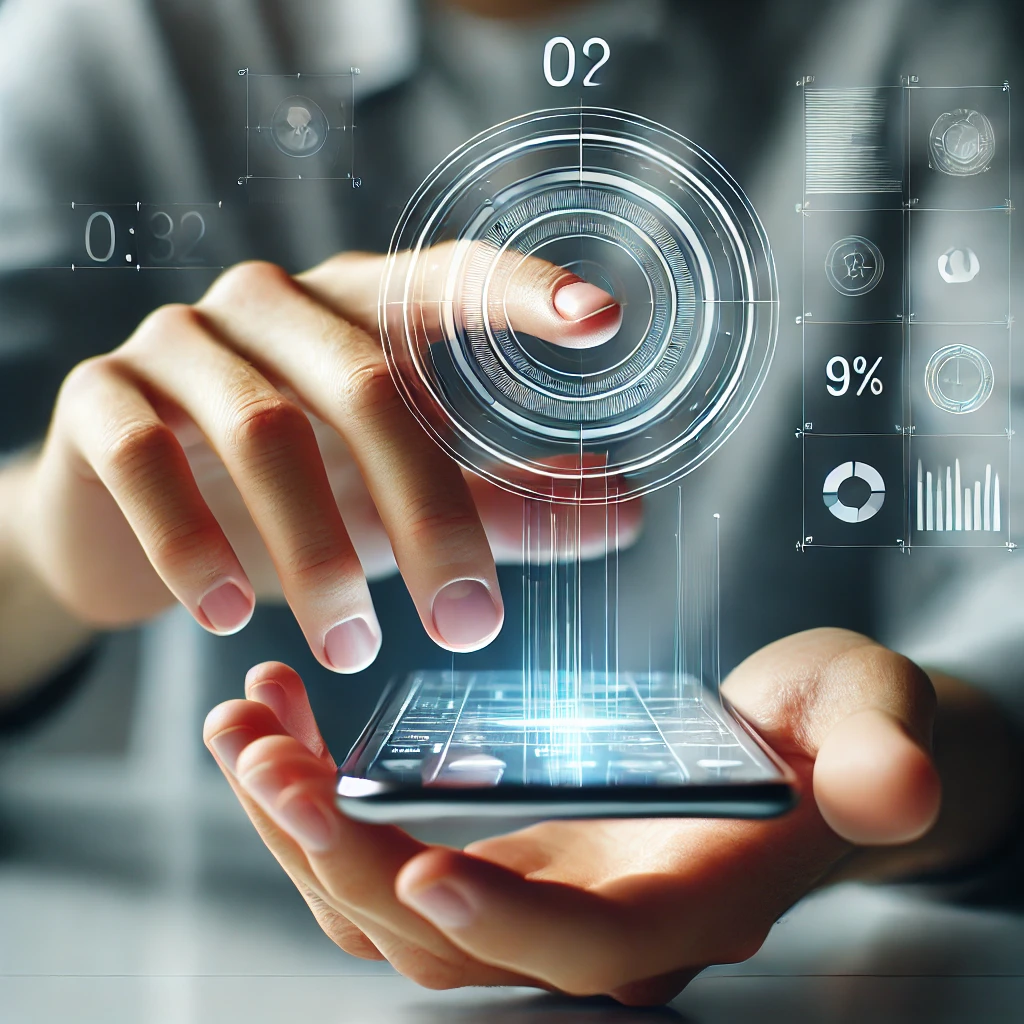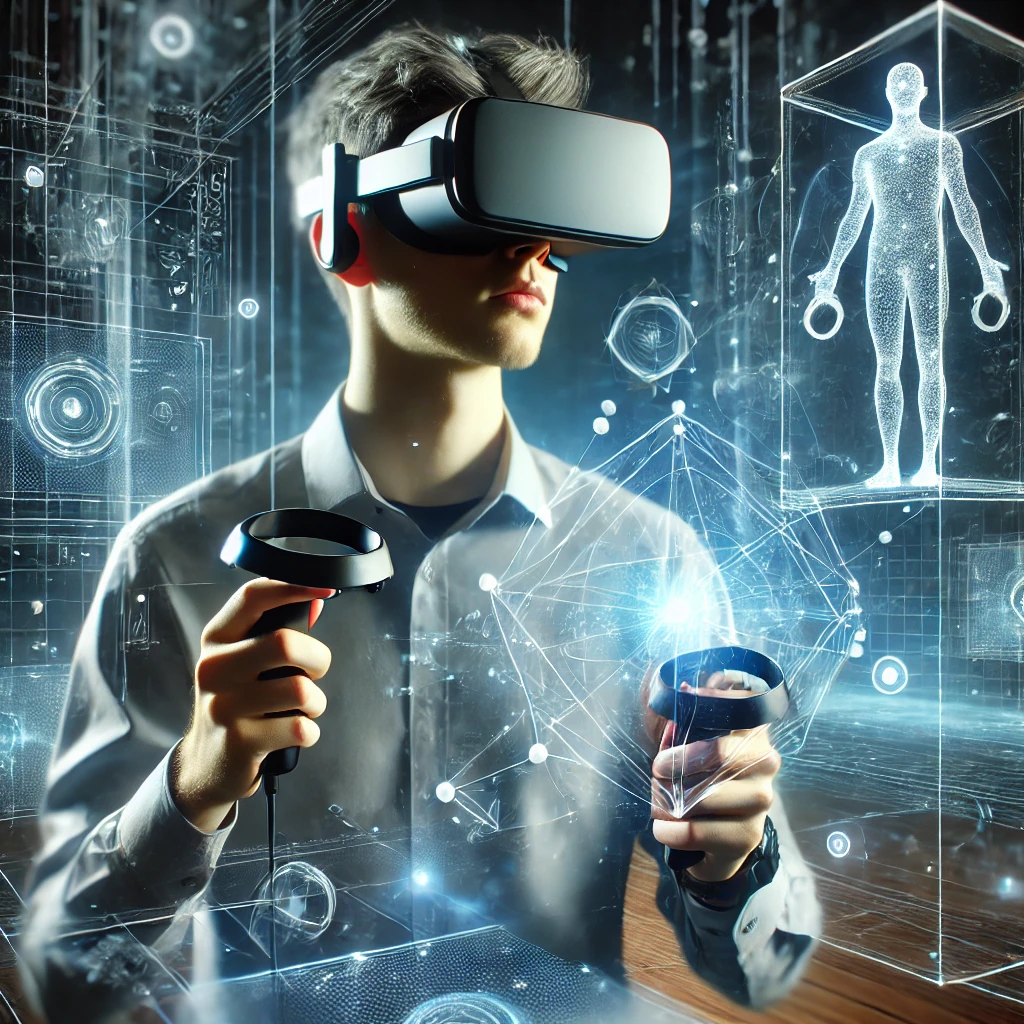Spatial Touch technology allows users to engage with digital environments through physical gestures and movements in three-dimensional space. Integrating sensors, haptics, and advanced computing creates immersive experiences. This technology finds applications in virtual reality (VR), augmented reality (AR), gaming, and industrial design, providing intuitive and natural methods for controlling and manipulating digital objects.

Features:
Spatial touch features involve combining touch sensitivity with an understanding of spatial context in digital devices, which enhances the immersive and intuitive nature of interactions. These features are commonly found in augmented reality (AR) and virtual reality (VR) settings, enabling users to engage with both their physical surroundings and the digital components present within them. Below is a detailed breakdown of spatial touch features in distinct paragraphs:
1. Touch Sensing with Spatial Awareness
Spatial touch merges touch-sensing technology with spatial awareness, enabling devices to monitor hand movements in three-dimensional space. This approach surpasses traditional touchscreens, which only react to direct contact on a flat surface. With spatial touch, users can engage with virtual objects by moving their hands or fingers through the air, creating a more intuitive and immersive experience. For example, in augmented reality environments, spatial touch allows users to interact with virtual objects as if they were real, utilizing gestures tracked within the physical space surrounding them.

2. Gestural Interactions
Gestural interactions play a vital role in spatial touch features. Devices with spatial touch technology can recognize hand gestures and convert them into commands. For instance, a user may wave their hand in the air to alter the view or zoom in on an object. Sensors such as infrared cameras, ultrasonic waves, or electromagnetic fields capture these gestures, mapping the user’s hand movements to a virtual environment. This form of interaction is widely utilized in augmented reality (AR), virtual reality (VR), and some sophisticated touchless control systems.

3. Enhanced User Interface Design
By incorporating spatial touch, user interface designs can fully utilize 3D space. Rather than being limited to a flat 2D screen, interfaces can extend into the physical world. In virtual reality, for instance, users can reach out to grab, move, or interact with virtual buttons and sliders, enhancing the immersive experience. Spatial touch offers increased flexibility in user engagement, resulting in a more intuitive and dynamic interface, especially in fields such as gaming, healthcare, and education.

4. Haptic Feedback Integration
Spatial touch features frequently operate alongside haptic feedback systems. Haptic feedback delivers tactile sensations that mimic the feeling of touch, enriching the spatial touch experience. For example, when a user engages with a virtual object, haptic feedback can replicate the sensation of grasping or pressing that object, which enhances realism. This integration of spatial touch and haptic feedback is essential for applications such as VR gaming or medical training, where physical feedback contributes to both immersion and the overall effectiveness of the experience.

5. Applications in AR/VR
The integration of spatial touch is particularly revolutionary in AR and VR technologies. In these settings, users can engage with digital content that overlays or integrates with the physical world. Spatial touch enables users to touch, move, or manipulate virtual objects using their hands or gestures, instead of depending on traditional controllers or touchpads. This enhances the immersion and user-friendliness of AR and VR applications, allowing users to interact more naturally with the virtual environment. These capabilities are being utilized in various industries, including gaming, healthcare, design, and training simulations.

Conclusion
In summary, spatial touch features connect digital interfaces with physical interaction, improving how users interact with technology. They provide more intuitive and immersive experiences, especially in areas like virtual reality, gaming, education, and design.


